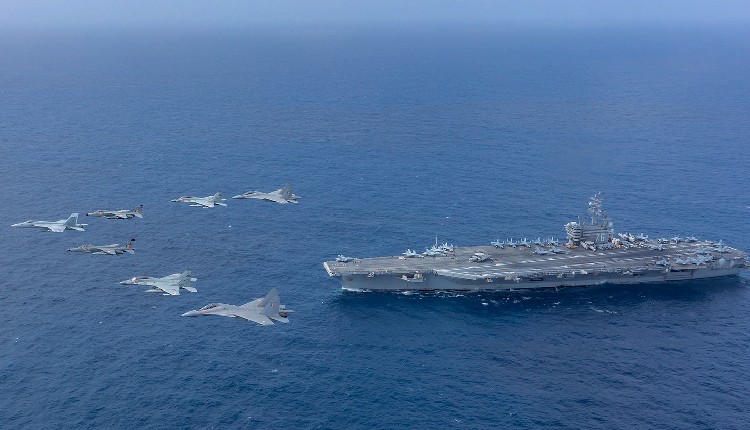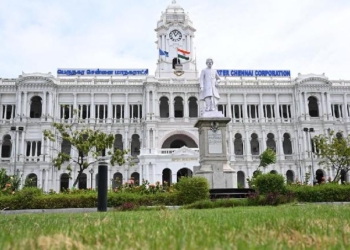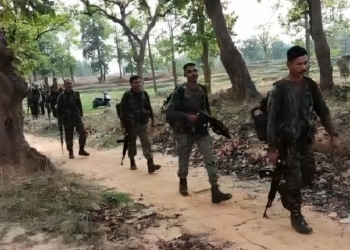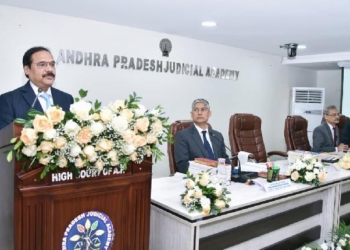Washington: India and the United States are now turning towards the Indian Ocean as their next frontier of cooperation across a wide suite of issues from trade to security, drawing upon the “trust and confidence” they have developed working together in the Indo-Pacific region, a top US official said on Wednesday.
The two sides plan to launch an “ambitious Indian Ocean set of deliberations” that will incorporate key players from the Indian Prime Minister’s Office in the National Security Council and US State Department, Defense Department, and the navies of the two countries, US Deputy Secretary of State Kurt Campbell told reporters, reviewing his recent visit to New Delhi with US National Security Adviser Jake Sullivan for the second meeting of the Initiative on Critical and Emerging Technology (ICET), which drives cooperation in key technology-related issues and is described to be at the heart of the bilateral relationship.
The two sides cooperate on space, semiconductors, advanced telecommunications, AI, quantum and biotech under this initiative.
The two sides reviewed progress on ongoing co-production projects such as GE and HAL collaborating to produce F414 jet engines for use on India’s Tejas fighter aircraft. Both are in early talks on joint production of Stryker armoured vehicles.
The Indian Ocean initiative plugs a significant shortcoming in US strategy for the region. Many leading experts have called for India-US cooperation to be broadened from the Indo-Pacific to the Indian Ocean, going right up to the east coast of Africa, where India and the US are working together increasingly.
“We think the Indian Ocean is a critical venue for us to deepen our cooperation and dialogue,” Campbell said.
“We’ve had, I think, enormous progress in the dialogue between the United States and India on the Indo-Pacific. I think we now both recognised there is the necessary trust and confidence between the two sides to work now on the issues that are most central but frankly, sensitive with respect to the Indian Ocean.”
Campbell, who recently said the bilateral relationship has achieved “escape velocity”, further said: “I think the goal and desire here is to have an encompassing set of discussions on security issues on commerce, and talked about potential areas of shared endeavour, technological cooperation… we value India’s central role in the Indian Ocean. I think our desire is to help support India’s maritime domain awareness, it is military capabilities, both naval and air to discuss a shared interest in the maintenance of peace and stability. And again, I think the United States acknowledges and recognises that India’s leading role here and our desire is to ensure that our cooperation expands increasingly into a domain that is going to be central going forward.”
India is a resident naval power in the Indian Ocean and plays a significant role, the Carnegie Endowment for International Peace said in a 2023 paper. It outlined India’s exposure to the ocean with over 7,500 kilometres of coastline, 14,500 kilometres of navigable waterways, and 212 active ports (12 government-owned and 200 immediate and minor ports).
“The Indian Navy identifies the entire Indian Ocean – from the eastern coast of Africa to the Andaman Sea – as its area of priority, underpinning its role as a first responder as well as a net provider of security for its friends and partners in the region,” it said.
The United States has dealt with the Indian Ocean as a part of its Indo-Pacific strategy, which, however, does not include the western Indian Ocean. But it’s been called “piecemeal” and inadequate by experts, who have pushed for more. Even lawmakers are calling for more. A bipartisan duo of members of the House of Representatives, Joaquin Castro, a Democrat, and Darrell Isa, a Republican, moved legislation in May, the Indian Ocean Strategic Review Act, which calls for a multi-year strategy and implementation plan for coordinated regional military, diplomatic, and development initiatives.
Among other things, it called for building “upon existing agreements with strategic partners like India to foster military communication and intelligence sharing”.
















